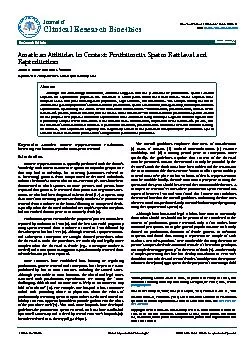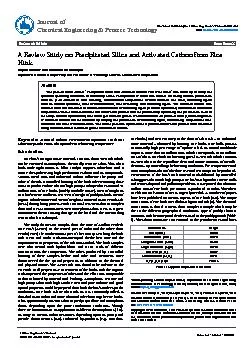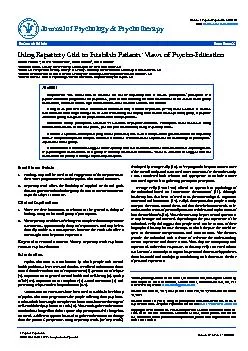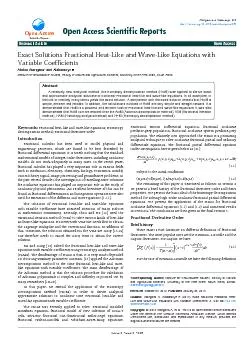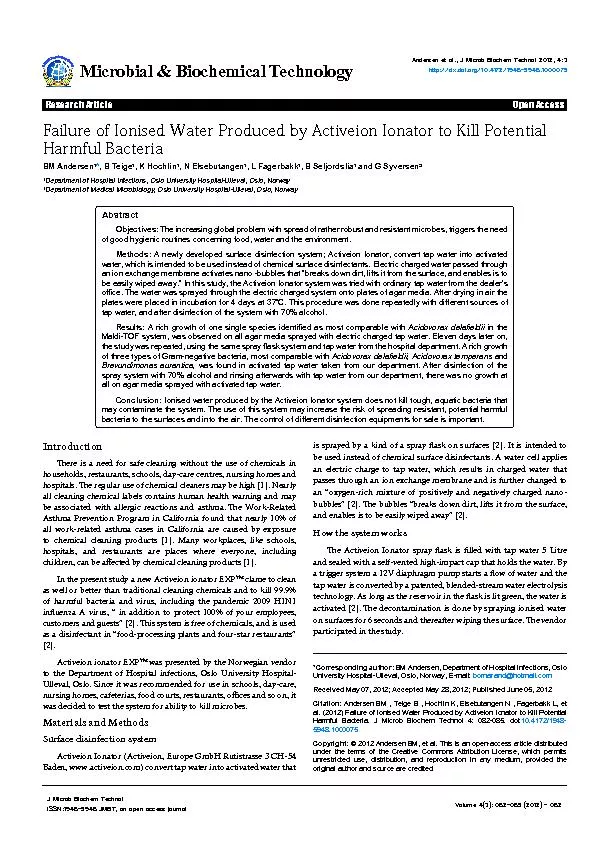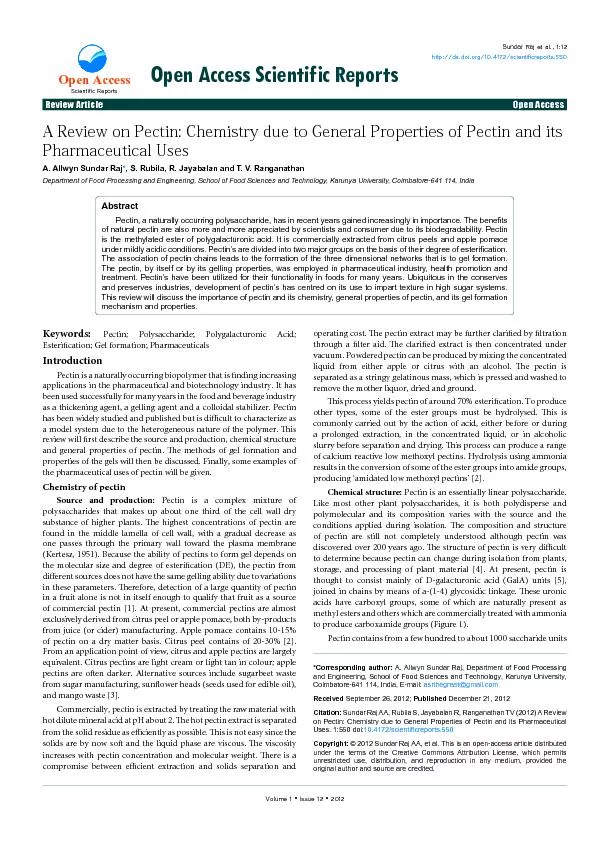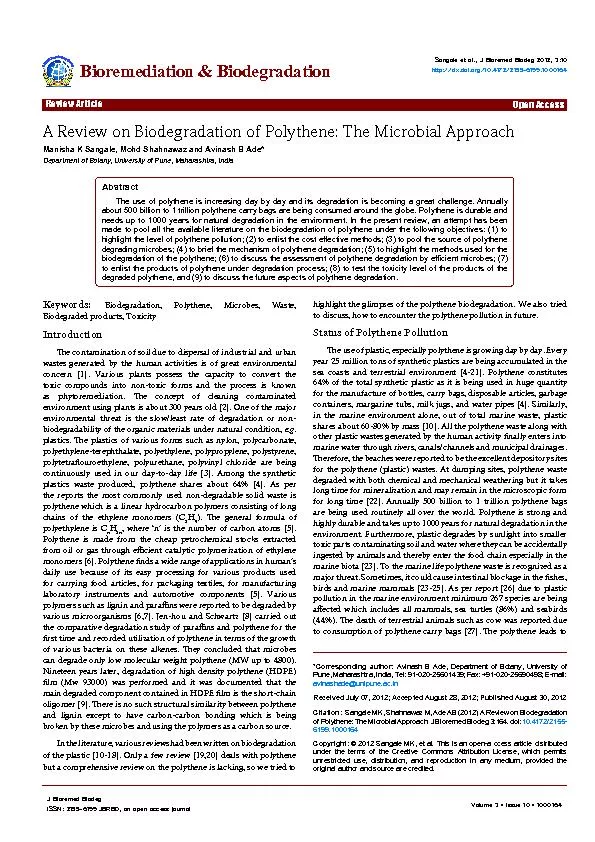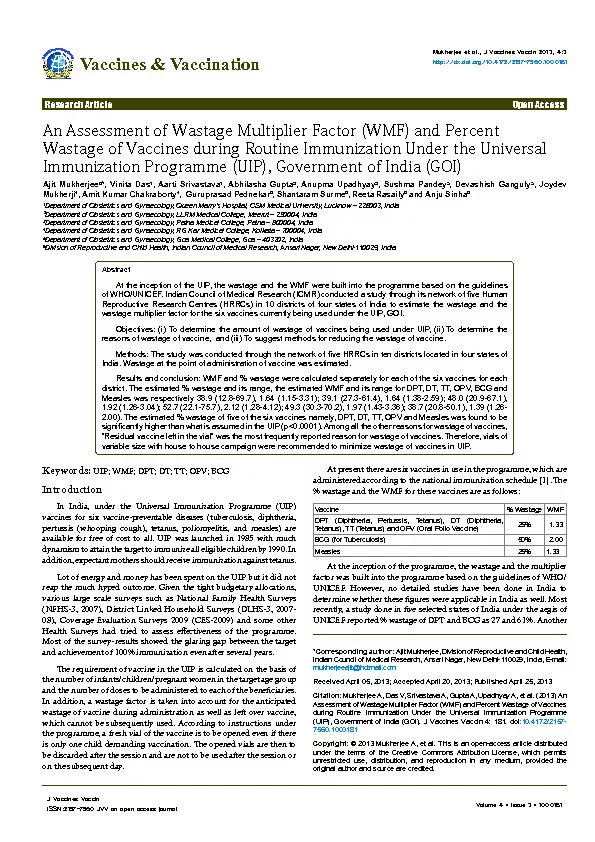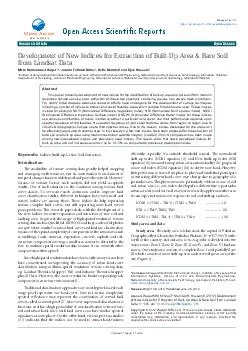PDF-Review ArticleOpen Access
Author : min-jolicoeur | Published Date : 2015-09-21
Sharma and Sharma J Diabetes Metab 2013 S9httpdxdoiorg10417221556156S9004 Diabetes Nephropathy Polyol pathway PKC pathway DN is a leading cause of endstage renal
Presentation Embed Code
Download Presentation
Download Presentation The PPT/PDF document "Review ArticleOpen Access" is the property of its rightful owner. Permission is granted to download and print the materials on this website for personal, non-commercial use only, and to display it on your personal computer provided you do not modify the materials and that you retain all copyright notices contained in the materials. By downloading content from our website, you accept the terms of this agreement.
Review ArticleOpen Access: Transcript
Download Rules Of Document
"Review ArticleOpen Access"The content belongs to its owner. You may download and print it for personal use, without modification, and keep all copyright notices. By downloading, you agree to these terms.
Related Documents



